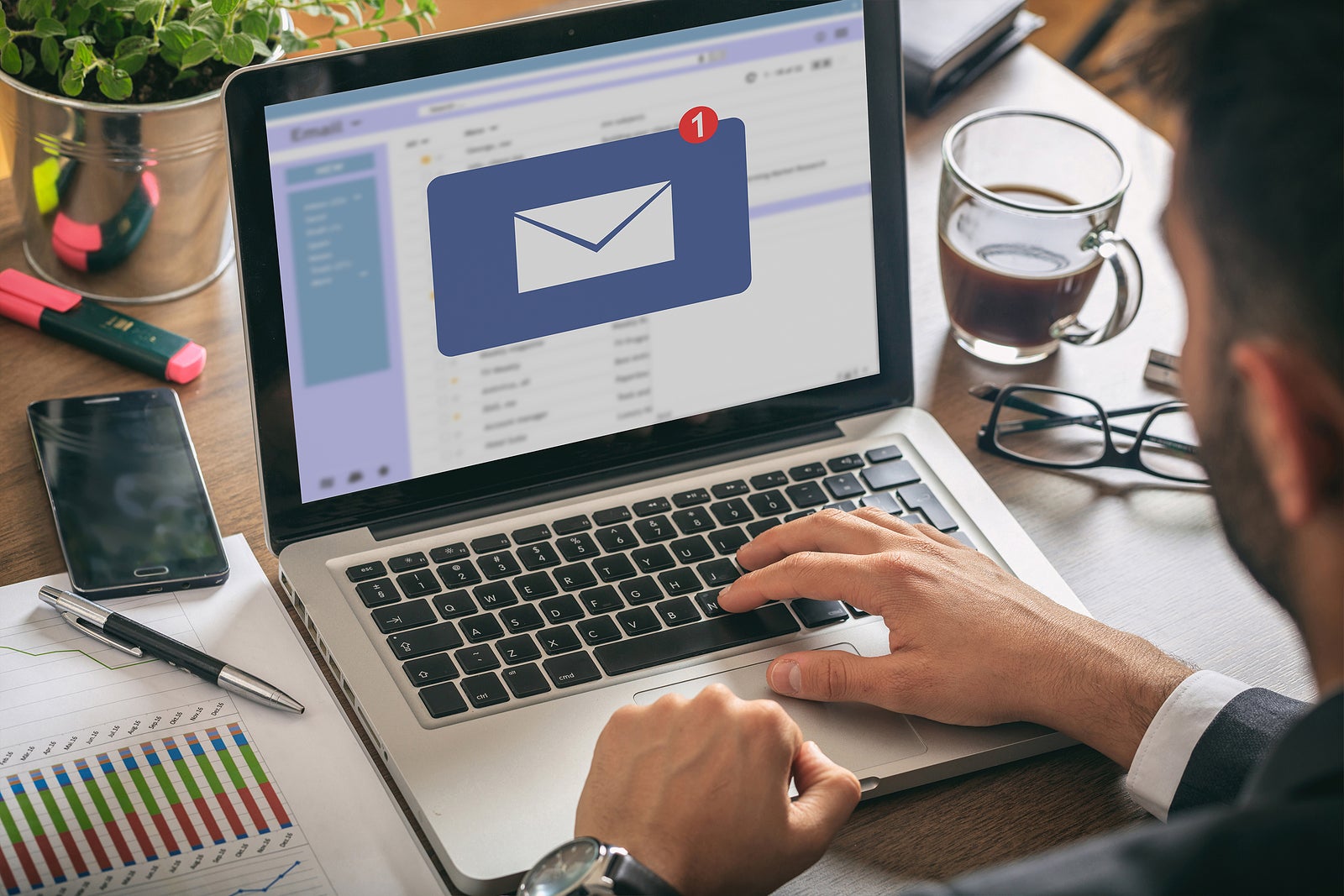6 Things Businesses Should Do To Keep Their Email List Clean
By: Efrat Vulfsons

Email hygiene is the process of verifying invalid emails in your mailing list regularly for removal. It’s also called list scrubbing and involves removing inactive users as well. Scrubbing is very important because it improves your campaign engagement rates and keeps them high.
Without following proper email hygiene, you’ll keep on sending emails to disinterested, inactive, and invalid emails. This would lower your engagement rates causing internet and email service providers (ISPs and ESPs) to label you as a spammer.
Once you’re labeled as a spammer, your reputation damage will be irreversible and your email marketing experience will be ruined. To avoid this from happening, you need to prevent bots and spam traps from joining your mailing list.
You also need to use an email verifier to detect bad email addresses. There are more tips to do email hygiene below.
1. Give your subscribers an option to unsubscribe
Some subscribers may no longer want to receive emails from you for various reasons. Probably because they no longer find your content interesting. Keeping them will only mess with your engagement rates. You must give them the option to unsubscribe from your mailing list.
If you don’t do this, users will use the “block” or “mark sender as spam” function on their mailbox. This could potentially get you blacklisted from among internet and email service providers.
2. Use an email verification service
Spam traps and spambots are plenty on the web. The former is used to catch and identify spammers for blacklisting and the latter is to scrape email addresses in mailing lists to send unsolicited emails. They have one thing in common: they both don’t engage with your campaigns.
Without the use of an email verification service, you’ll never know who’s a real person and who’s a bot in your mailing list for removal. Email verification services help you identify which emails aren’t real people so you can easily remove them before they cause permanent reputation damage.
3. Implement double opt-in
While using an email verification service is good to weed out bots and traps, it’s also better to prevent them from joining your mailing list in the first place. This is done by using a double opt-in registration for your mailing list.
Bots and traps don’t engage with email campaigns as well as confirmation emails. This means they cannot click the link in the double opt-in email to confirm their email address. Thus, they cannot finalize the joining of your mailing list.
4. Manage your bounce rate
Look at your bounce rates. If your bounce rates are high, it could mean that your audience is outdated. Outdated audiences are either stale or inactive. Stale means the email addresses have gone invalid after being forgotten or deactivated.
Inactive emails are users who might be still interested in your content but haven’t been actively making purchases or clicking links. There’s one way to deal with this. Send a reconfirmation email and retain those who reconfirmed within a week or two.
5. Start a re-engagement email campaign
Keeping your subscribers interested is hard but earning more new subscribers is even harder. So don’t immediately remove your customers if they haven’t reconfirmed. Start a re-engagement campaign first. Craft campaigns that would spark customer interest.
To do this, you need to review customer interests and preferences. Find out what made them join your mailing list in the first place. Then send campaigns that are highly personalized according to their data. If they don’t really respond to your re engagement campaigns after a week to a month, It might be time to finally say goodbye.
6. Segment your subscribers
One common reason why users lose interest in your content is because you don’t send campaigns according to their interests. Part of the reasons why they subscribed to your mailing list is because they want more of this content or something similar to it.
And if you send campaigns that they’re not interested in, you’ll break their trust. They would have second thoughts before opening your emails again. To avoid this from happening, ask your new subscribers what content they want to receive through surveys.
Do the same for your existing customers as well. Segment your subscribers into lists based on their answers. Then, create campaigns that match their list segments. This way, you keep your customers interested, eliminate the need for email scrubbing, and drive more engagement.
Conclusion
Email hygiene is about detecting and removing invalid addresses, preventing bots from entering, and keeping the users who are active on your mailing list. But that doesn’t mean you should abandon disinterested users. You must make them re-engage first before removing them for good.
You also have to segment users based on their interests and create campaigns that are right for them to keep them interested. The more relevant your campaigns are, the higher engagement rates you receive. The higher the engagement rates you receive, the cleaner your mailing list becomes.
2282 Views












